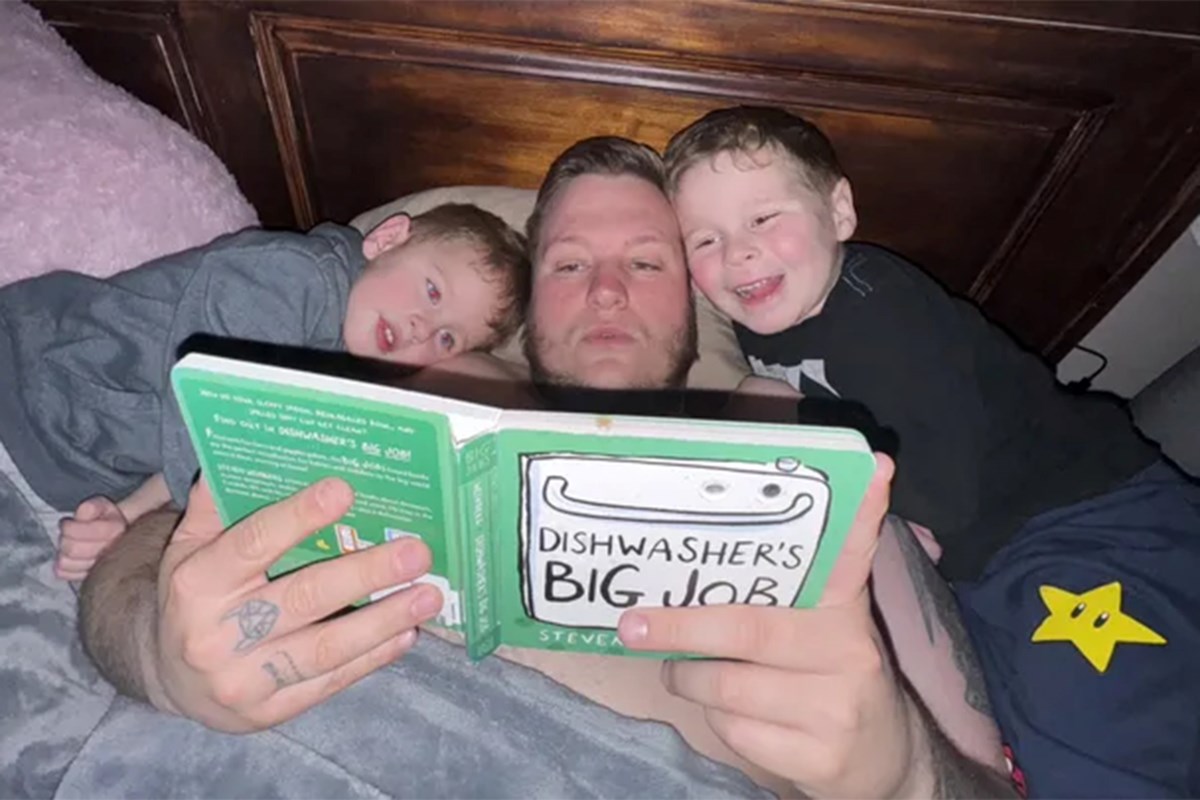Care Coordination and Increased Communication: Elizabeth's Story
When a retired Massachusetts nurse needed help, a nurse care manager and social worker found solutions
Published June 20, 2025
Model. ACO REACH encourages health care providers (doctors, hospitals, specialists and other professionals) to come together to form Accountable Care Organizations, or ACOs to improve care coordination, quality of care and health outcomes for people with Traditional Medicare as well as manage costs.For patients, help navigating the health care system and managing their conditions. s have focused on care management efforts for higher risk patients and those undergoing care transitions. This means higher quality of care, such as decreased hospitalizations among those with multiple chronic conditions, according to independent model evaluations.
Patients have reported positive experiences with their care teams, care planning processes, and the communication and follow-up they received from their care teams, according to the evaluations. They also appreciated their longstanding relationships with practitioners.
Conway and Slattery said the model arrangement has helped them stay in regular contact with patients, improve care management, and helped patients better understand their treatment and advocate for themselves. They can provide an extra layer of communication for patients where physicians might not have the time or resources to do so.
Regular contact between patients and who must see multiple providers can better manage their care so they can experience positive health outcomes. They are less likely to use emergency care or experience medication errors, which can have a larger negative impact on chronically ill patients or patients with multiple complex health conditions. Often, this also means expanding the types of care individuals can work with outside of only medical personnel, for example, a social worker and case manager.
Challenges vary for their patients, Conway and Slattery said. For some, the team helps them overcome accessibility issues, such as using technology, or if they can’t hear or see well. Some struggle to find behavioral health services, Slattery said.
Slattery said she has helped patients who have experienced homelessness and struggled to connect with care providers. She can help those patients apply for housing, and access other resources like shelters, supportive living, and personal care resources.

‘They were always available’
In the months after McCullom first began to feel unwell, Conway and Slattery provided support through regular texts and phone calls.
“We were the contact people,” Conway said. “Keeping that weekly contact with her really helped. It makes a big difference.”
Conway and Slattery provided referrals to specialists and talked to McCullom about her medications, as well as non-pharmaceutical methods, like mindfulness exercises, to help her manage her anxiety.
After a series of bloodwork and meetings with specialists, McCullom finally learned her symptoms stemmed from a condition that could be managed through medication and reducing fluid intake.
McCullom credited Conway and Slattery for helping her get through her health ordeal. She said the health care experience was unlike any she’s had.
“They would keep in touch and say we’re always here,” she said. “They were always available.”










